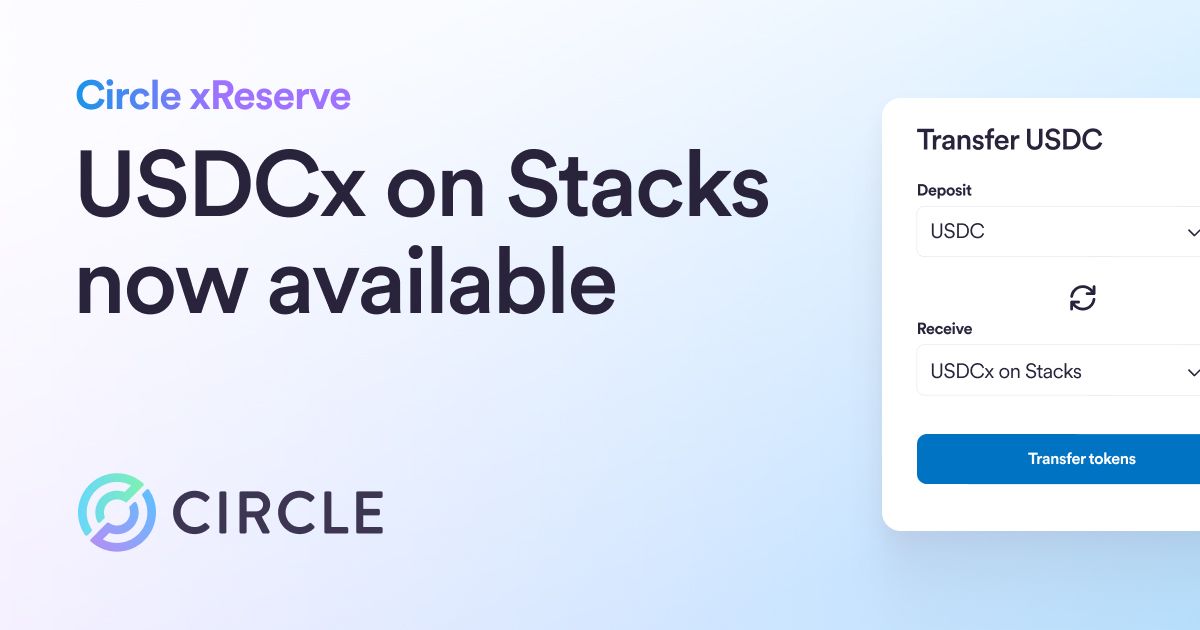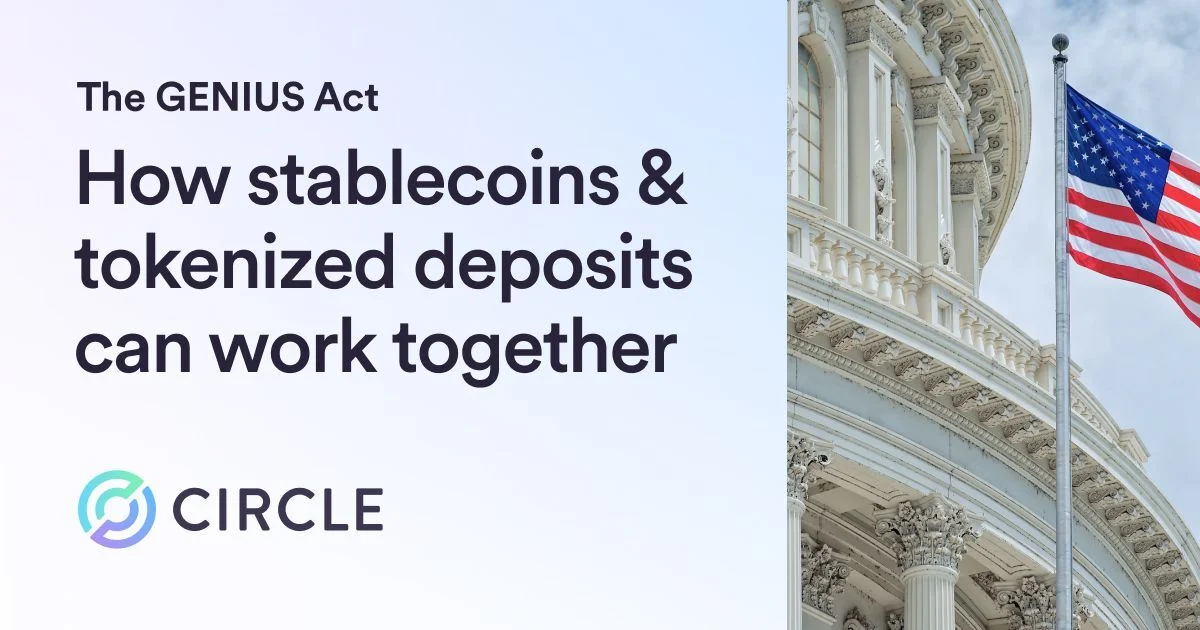Get the latests insights from Circle Co-founder and CEO Jeremy Allaire on the rapid rise of stablecoins like USDC.

Last week, Castle Island Ventures Founding Partner Matthew Walsh sat down with Circle Co-founder and CEO Jeremy Allaire to discuss the surging interest in and demand for dollar digital currencies like USDC.
USDC for DeFi
DeFi has powered the cryptocurrency industry to new heights, delivering rapid innovation and laying the groundwork to radically democratize financial services around the world. USDC has been a reliable tool for DeFi users since some of the earliest days experimenting with decentralized finance.
“When we founded Circle, one thing we thought was important was the idea that autonomous machines on the internet could intermediate capital and provide a fair way for everyone in the world to access that, and that financial services could move from traditional institutions to open and transparent ‘code as law’ frameworks,” Allaire said.
“We were always really enthusiastic about DeFi conceptually, and when a lot of DeFi projects emerged we made it a priority to connect with those teams to make sure USDC was supported.”
As a stable asset with robust infrastructure support and issuers committed to regulatory compliance, USDC has grown to become one of the most utilized assets in DeFi.
“Today, USDC is the largest stablecoin in terms of value in a lot of different DeFi projects and protocols, and we’re excited to keep working on that. There’s a lot of work to do as DeFi goes from where it is today to something people and businesses all around the world are connecting to,” Allaire said.
“USDC is really popular in DeFi in part because it’s one of the only stablecoins that has really easy and straightforward ways to create it and redeem it at par, at no cost. That was one of the covenants that we wanted to make to the market, that you could do that and it was transparent, and it was clearly inside the US banking system, it was compliant, generally people knew what it was more so than some other projects.”
Using USDC
DeFi has provided a variety of blockchain-based applications for USDC, but internet-native money has an enormous addressable market, with the potential to help raise prosperity for businesses and users worldwide.
“Our view is that to connect everyone in the world to this as a payment medium and as a financial service delivery medium, we need strong interoperability with existing central bank money and the existing international banking system, so that’s where we’ve focused right now, on making that work well, and I think there’s a lot of room to grow there,” Allaire said.
“Today, commercial bank electronic money is about $130 trillion dollars in the world — that’s fractional reserve bank money, so most of it is created by banks, with a base amount of central bank money beneath it. It’s a huge amount, and we think that digital currency fiat models are ultimately a superior model to fractional reserve commercial bank money. So there’s a lot of room to grow from today’s $100 billion aggregate stablecoin market cap to eventually many trillions of dollars in value — and not just dollars, but in other currencies as well.”
Using USDC makes it easy for businesses to transfer value around the globe nearly instantly using secure public blockchains, with no weekends or holidays to restrict the timely flow of funds and seamless transfers between traditional financial institutions and the digital economy.
“Once you use USDC as a person or a business, it’s clearly superior to existing forms of electronic money in so many ways,” Allaire explained.
“I think that partly accounts for why it’s so sticky. USDC in circulation has continued to grow — it grows when markets are up, it grows when markets are down, and while it is easy to redeem, and people do redeem it at scale all the time, the net circulation continues to grow. People experience the utility value of it, and then want to stay in it, and we now have capital markets being built on top of stablecoins and other crypto assets.”
Partnering with Policymakers
Dollar digital currencies have experienced phenomenal supply growth over the past 18 months, and regulators are taking notice. It’s a critical test for the cryptocurrency industry at large to engage with policymakers to bring the benefits of digital assets to the broadest possible user base.
“As stablecoins grow as a payment medium, and as a monetary instrument that’s used in various forms of financial services, there’s absolutely going to be more regulatory engagement. Our approach has always been to be open and transparent, focus on education and engagement, and right now there’s a high degree of interest in this. Some of it has to do with perceived risks; ‘Are there stablecoins that have systemic importance that could disrupt a credit market?’ — These types of questions,” Allaire said.
“These are legitimate questions that people should be paying attention to, and it’s really important for the industry to figure out how to partner with governments. Fundamentally, we have to be working through these things and doing a lot of educating.”
As the industry continues to mature, the need for national governments and international organizations to provide regulatory guidance continues to grow.
“I’m actually excited, because I think more than any time in the history of this industry, stablecoins are having the impact that people who run the global and international monetary system are having to figure it out,” Allaire said.
“The critical thing in my mind is open internet innovation, open source innovation, public networks, public blockchains, the openness and programmability of that infrastructure; these are such profound innovations, we just need to make sure we don’t throw the baby out with the bath water, as they say, because the impact on society can be so significant.”





